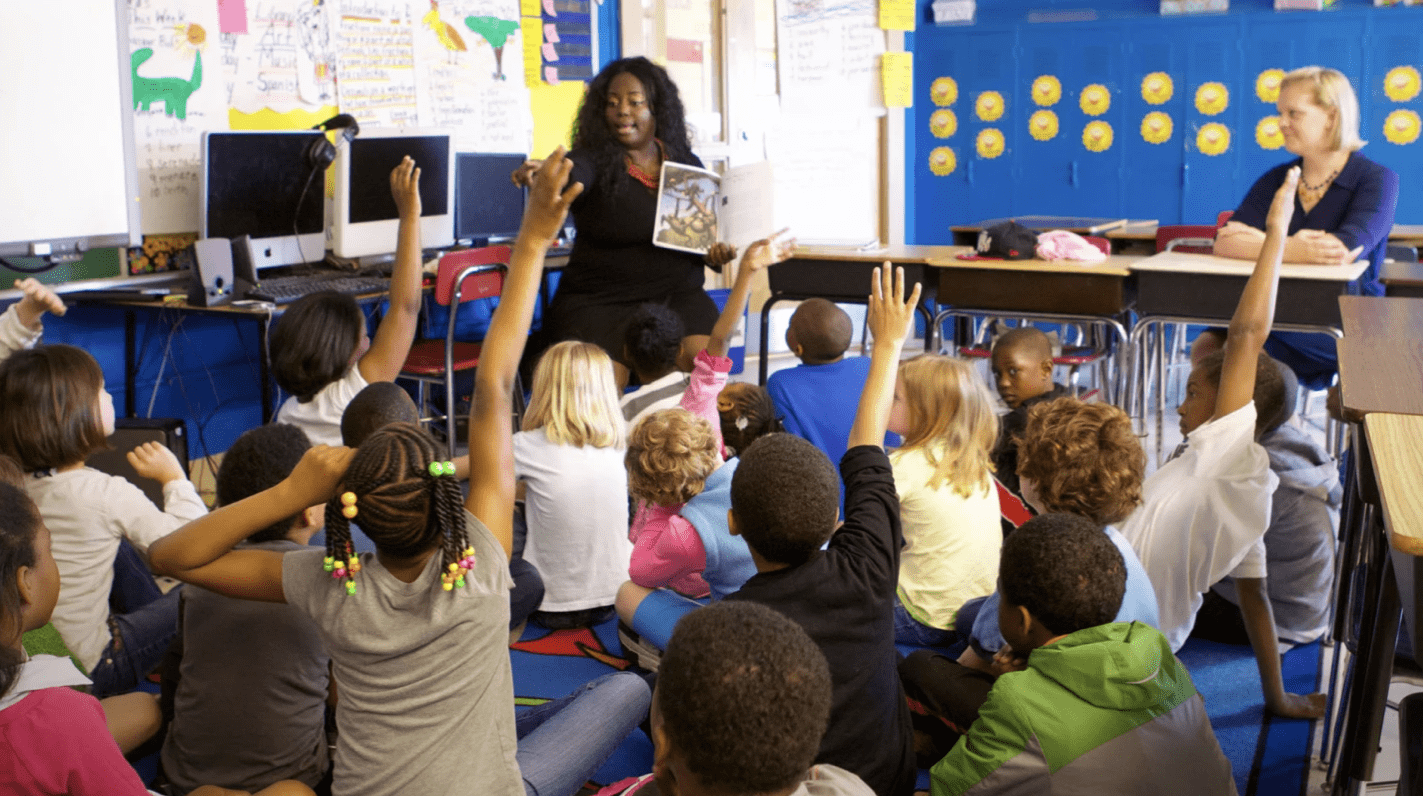- Discuss the benefits of Infant Massage for infant, mom, and dad?
The first benefit is that massages for infants can relieve discomfort from teething,congestion, gas, colic, and emotional stress. Infant massage is also beneficial in skin stimulation.All the physiological systems are stimulated by massage. Infant massage is also beneficial in theinside for the child as it helps to increase oxygen and nutrient flow to cells. It can also help achild to deepen respiration. Infants also need to be exposed to a mother’s bonds, so infant massage is a beneficial way for a child to get that bond.
2-What time of day and how often could you give infants massages?
According to the video, you should give your infant a massage whenever the time is rightfor the families. It also states that infant massage can be best when after mothers go through postpartum depression and anxiety. While some parents massage their infants every day, others onlydo it every other day. You can massage your infant in the morning to jump-start the day or in theevening before bed to help settle them to sleep. To choose the optimal massage technique, it’scrucial to pay attention to your baby’s cues.
3-How does it help in developing a ‘body image’ for the child?
Infant massage helps in developing a body image for the child as you teach your child atan early age about healthy touch. Infant massage also teaches your child that their body wasvaluable, lovable, and beautiful.
4-What new information did you learn from the video and readings?
One new thing I have learned from the video is that infant massage helps the baby relax,gain weight, and thrive. Infant massage is also needed for healthy brain development. . Bothparents and babies’ stress hormone levels can be reduced with massage. Babies feel reassured, peaceful, and comfortable when their parents are at ease; these are qualities that aid in the development of healthy, self-assured children and people.

